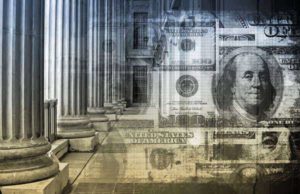Must Know Natural Rate of Unemployment
 The natural rate of unemployment is also known as the structural unemployment rate. The natural rate of unemployment is a conception to analyze economic activity that was developed by famed Nobel Laureates in Economics Milton Friedman and Edmond Phelps. The two men were awarded their Nobel Prizes for developing the concept.
The natural rate of unemployment is also known as the structural unemployment rate. The natural rate of unemployment is a conception to analyze economic activity that was developed by famed Nobel Laureates in Economics Milton Friedman and Edmond Phelps. The two men were awarded their Nobel Prizes for developing the concept.
The idea of the natural rate of unemployment represents a hypothetical rate of unemployment that would be consistently even with aggregate production over a long-term projection. This hypothetical natural rate of unemployment exists in the absence of frictions such as the price adjustments that are present in other conceptions of the labor and goods markets.
The natural rate of unemployment developed by Friedman and Phelps corresponds to the classical view of the determination of activity. The main factor that determines the natural rate of employment is the economy’s supply side, or the production possibilities and economic institutions. If permanent mismatches do exist in the labor market or real wage level of rigidity, the natural rate of unemployment may be forced to include involuntary unemployment.
In reality, the natural rate of unemployment does not develop in part because of aggregate demand factor. On a policy level, this implies that it is impossible to permanently reduce through manipulating demand management policies, such as monetary policy, though these policies may be usable to stabilize actual unemployment rates.
The framework of the natural rate of unemployment holds that the only way to reduce the natural rate of unemployment is by addressing the supply side of the economy.




























